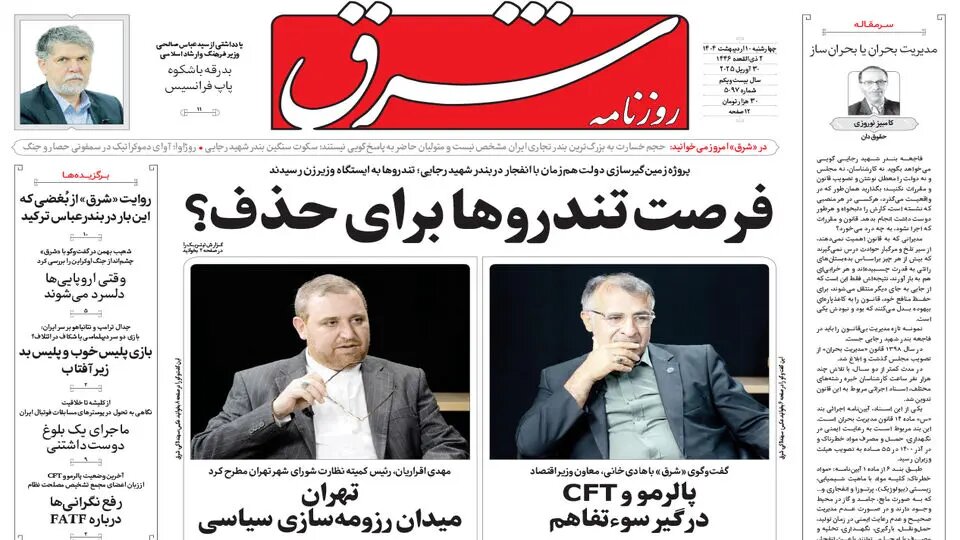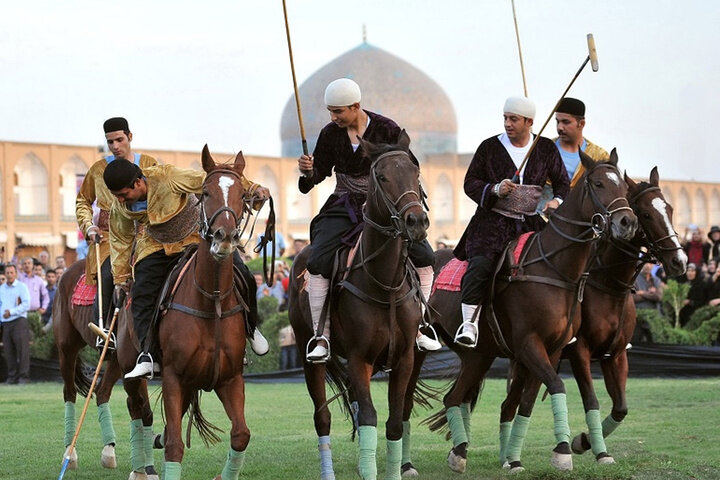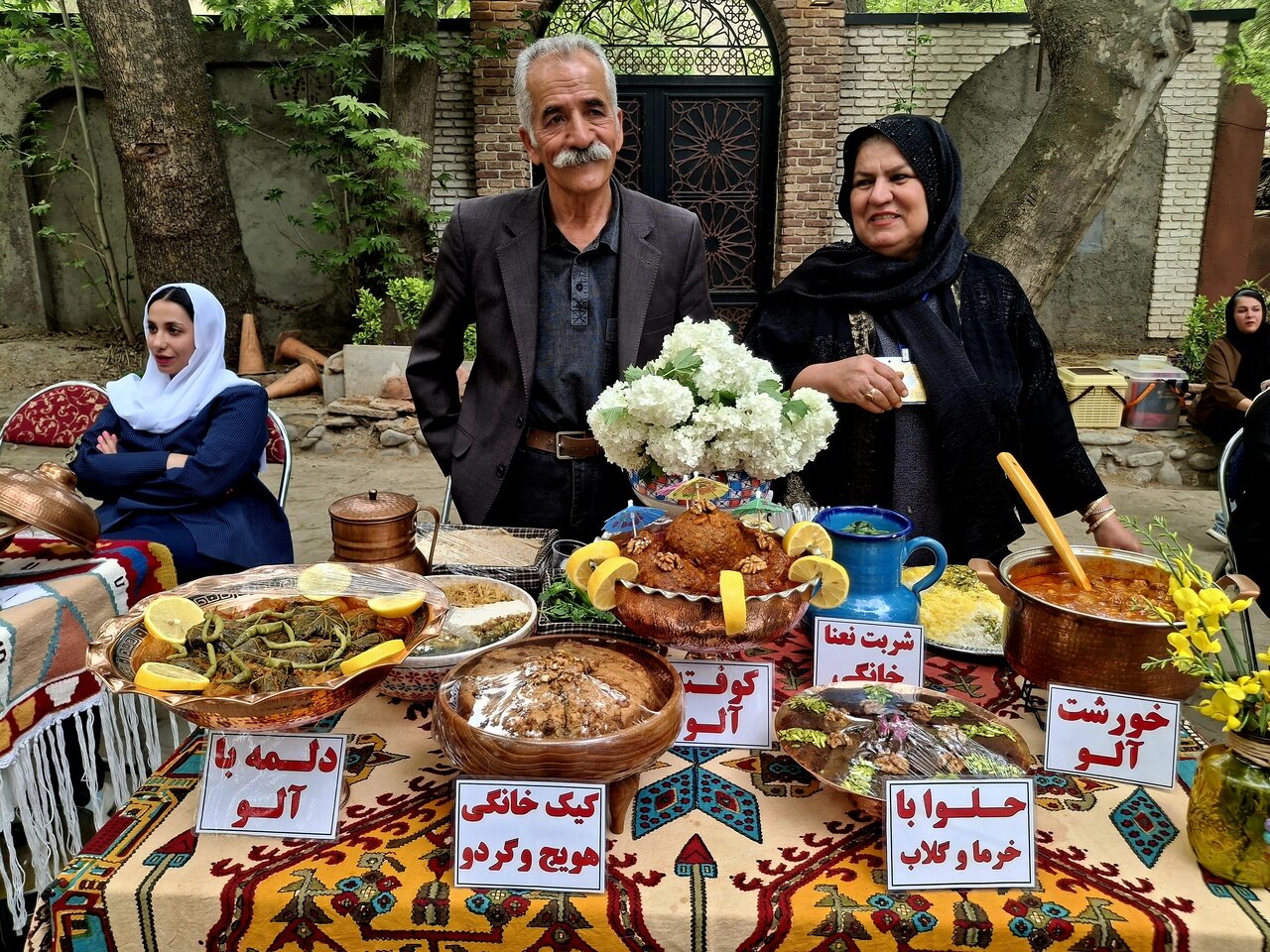
TEHRAN--Isfahan Cultural Heritage, Tourism and Handicrafts Department and Isfahan Municipality are preparing plans to hold Chogan, a traditional horse-riding game accompanied by music and storytelling, in Naqsh-e Jahan Square, said director general of the department.Amir Karamzadeh explained that the northern part of Naqsh-e Jahan Square has been allocated to be the venue of Chogan game, CHTN reported.Chogan game will be held in this historical square with a specific schedule and calendar provided that the structure and visual identity of the square is preserved, and proper infrastructure is prepared, he added.Chogan has been inscribed on UNESCOs Representative List of the Intangible Cultural Heritage of Humanity.
The game is commonly known around the world as polo.
The word polo comes from the Tibetan word for the willow root from which polo balls were made, which is Pulu.Today, over 77 countries hold Chogan competitions.Chogan, which is a traditional horse-riding game accompanied by music and storytelling, has a history of over 2,000 years in Iran and has mostly been played in royal courts and urban fields.Chogan is believed to be the worlds first team sport, the worlds first ball game, and today is recognized as the worlds fastest team sport and ball game.
The first recorded game took place in 600 BC, in Ancient Persia.From time immemorial, it was considered an aristocratic game and held in a separate field, on specially trained horses.
Nowadays, Chogan is played in Iran, Tajikistan, Uzbekistan and Azerbaijan.In Chogan, two riding teams compete and the aim is to pass the ball through the opposing teams goalposts using a wooden stick.
Chogan includes the main game, a corresponding musical performance, and storytelling.
Bearers include three primary groups: the players, the storytellers, and the musicians.According to the UNESCO, Chogan is a cultural, artistic, and athletic element with a strong connection to the identity and history of its bearers and practitioners.
It has a strong presence in the literature, storytelling, proverbs, handicrafts, and ornaments that are valuable parts of the symbolism of its practitioners.Available evidence suggests that the game spread from its Iranian origins in Persia to Constantinople, eastward through Bactria and Afghanistan to Tibet, China, and Japan, and from Tibet to India, where it flourished throughout the Mughal (Mogul) dynasty.
Throughout history, the game has been popular among generals, warriors, princes, and kings as a means of training cavalry for warfare.KD.
This article first appeared/also appeared in Tehran Times

 19
19
















